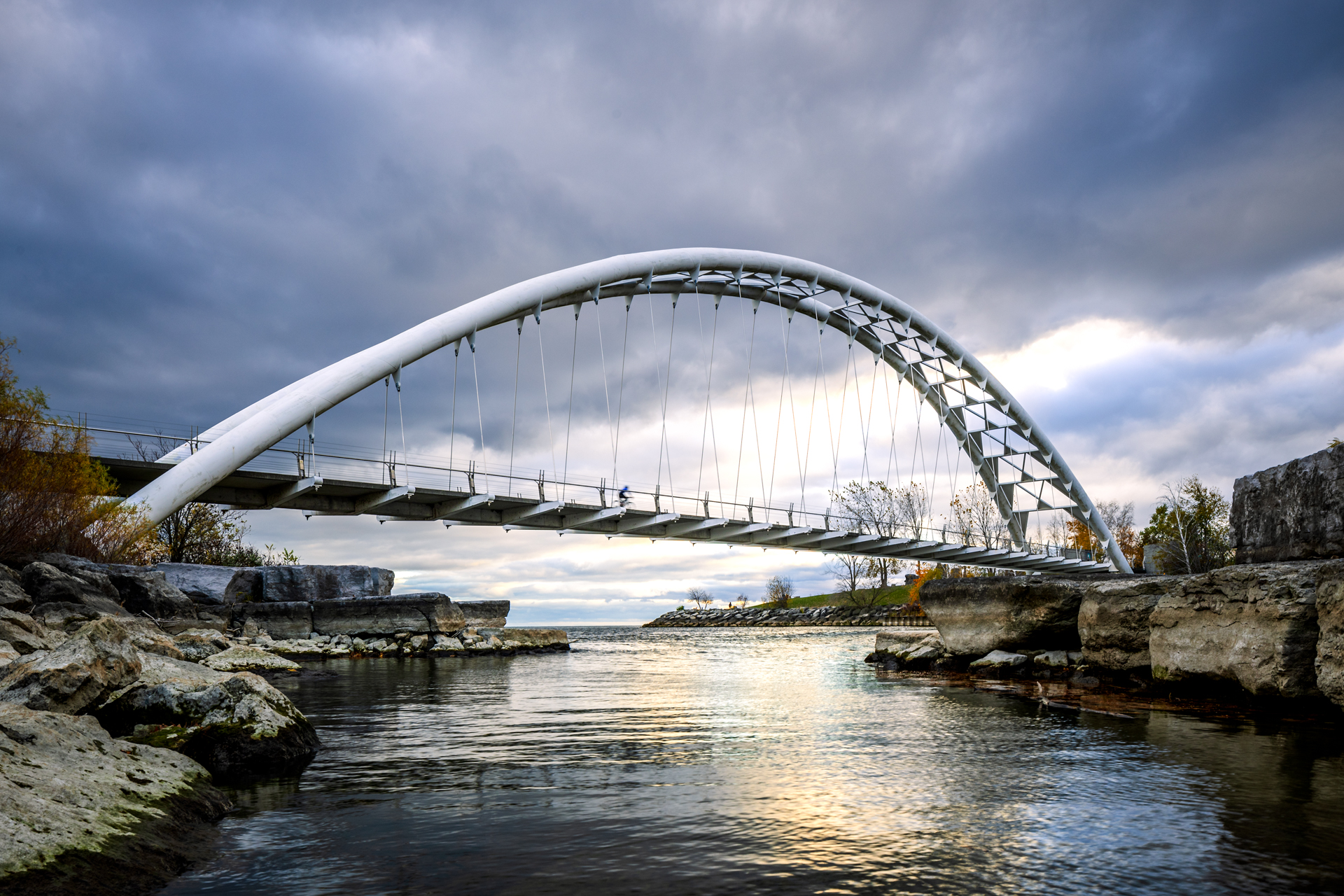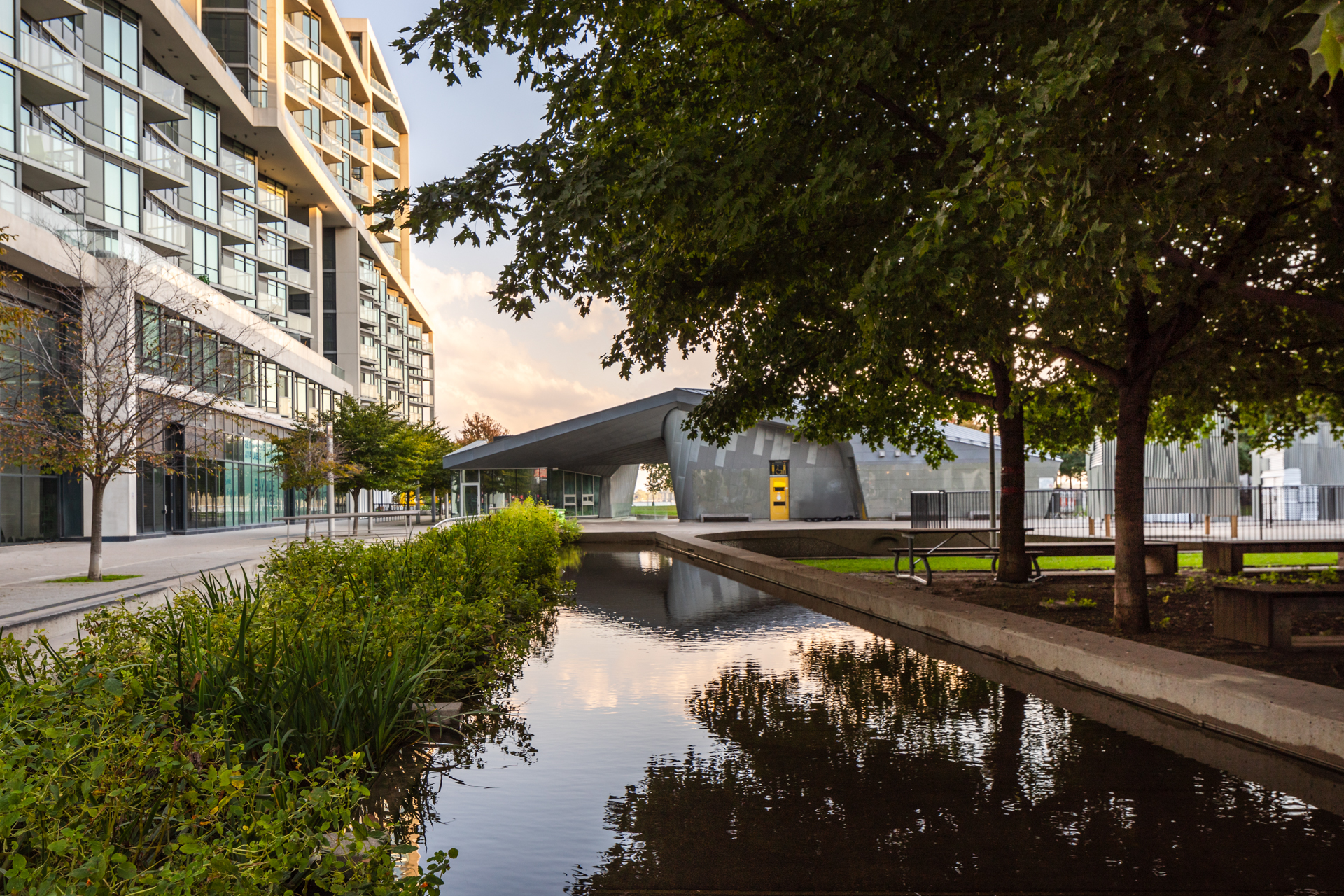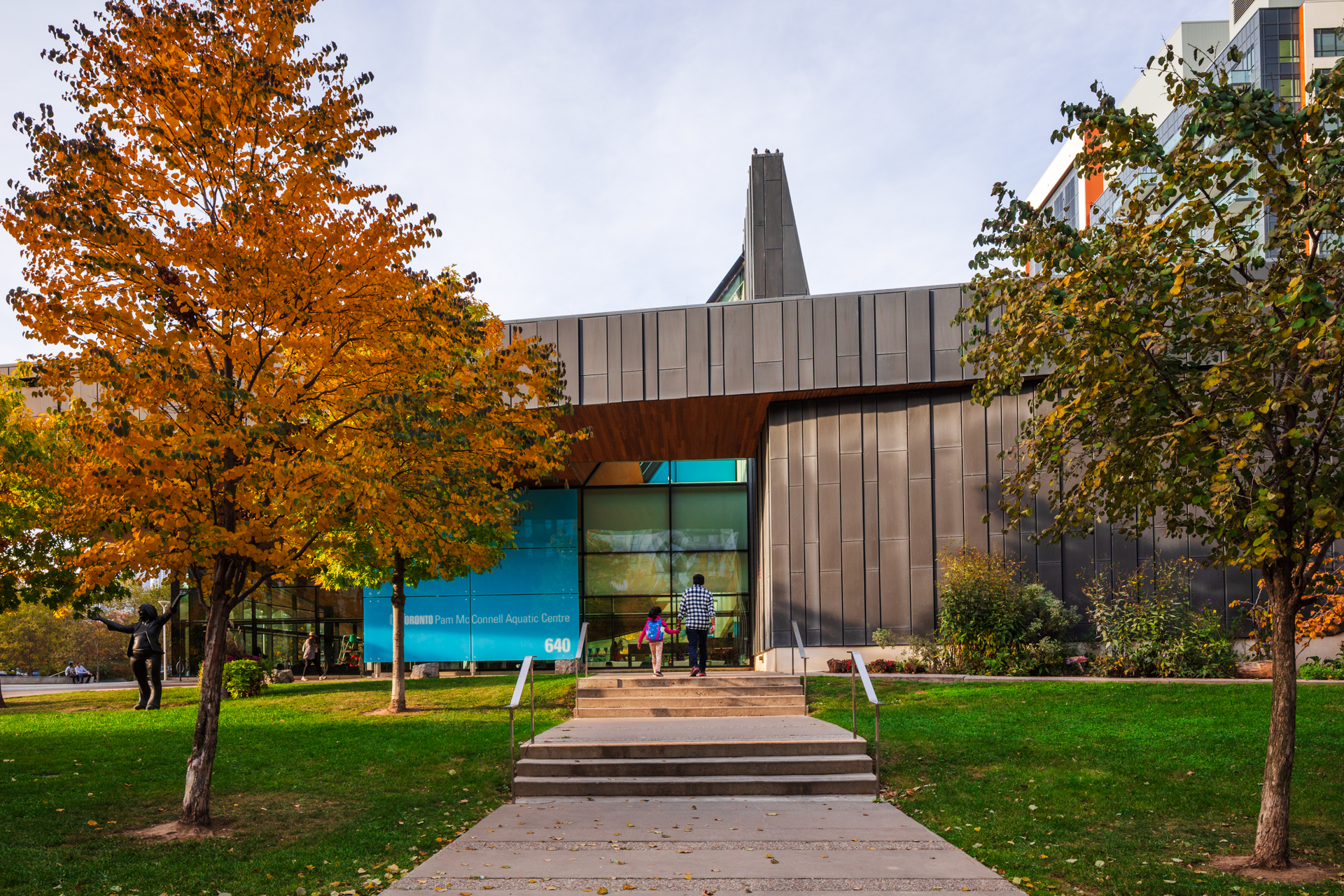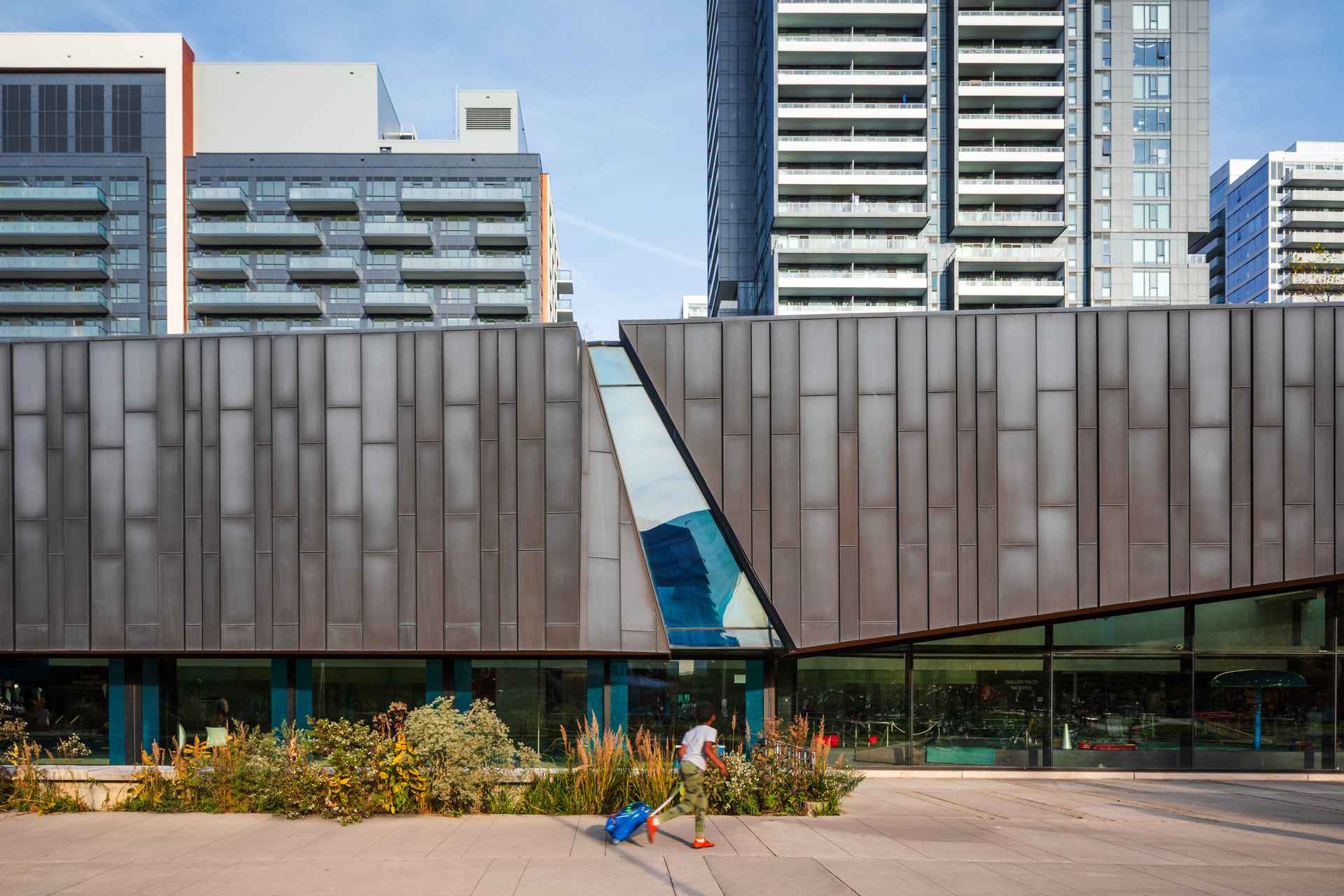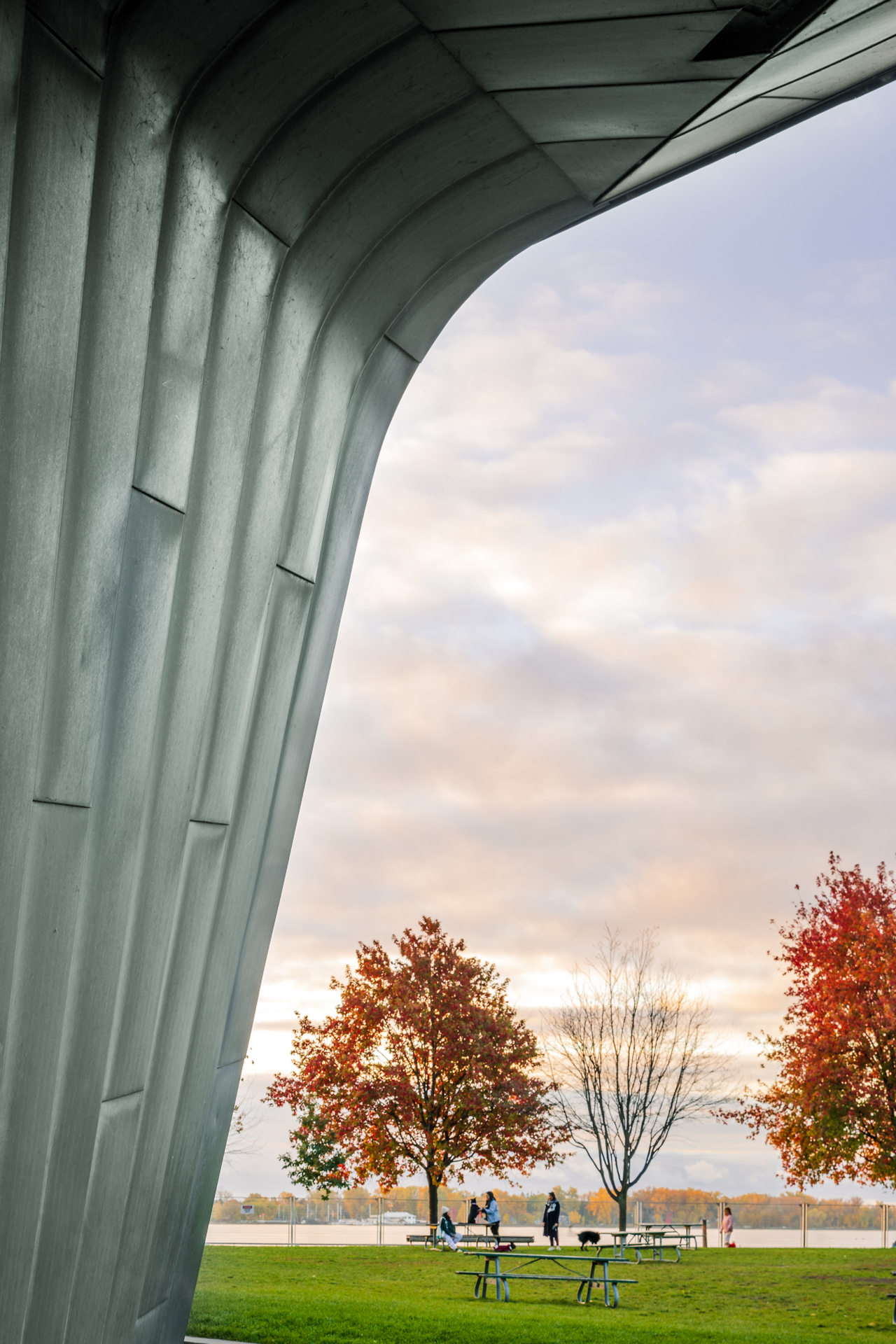Blue spaces are natural or man-made areas with significant bodies of water, such as oceans, rivers, lakes, or even smaller water features like ponds, canals, or fountains. In urban planning and psychology, studies have shown that being near water can enhance mental health, reduce stress, and improve quality of life. Blue spaces are often part of the broader concept of green and blue infrastructure, where water and greenery are integrated into urban design to create sustainable, aesthetically pleasing, and healthy environments.
In the study of blue spaces, there is a belief that there are four triggers which activate our parasympathetic nervous system. Firstly, water gives you a sense of being away. This can lead you to focus more on yourself or on your surroundings. Secondly, being in a boundless environment makes possibilities feel limitless. This feeling is especially amplified in blue spaces when looking to the horizon or into the depths of a lake. Thirdly, the sounds and sights of water spark hard fascination, a concentration of our focus, and soft fascination, an unconscious capturing of our attention, which frees the mind. Fourthly, water creates a sense of comfort and belonging in our location.
This project, Blue Spaces, explores the relationship between water and architecture in Toronto, focusing on how urban design integrates and responds to the city’s natural and manmade bodies of water. By examining key structures such as the Sherbourne Common Pavilion, the R.C. Harris Water Treatment Plant, Pam McConnell Aquatic Centre, and Humber Bay Arch Bridge, this project highlights the functional and aesthetic roles water plays in shaping architectural identity, as well as the meditative and calming purpose it provides the surrounding communities. Through photography, this project reveals how these blue spaces contribute to sustainable and visually compelling urban environments.

Nic is an emerging photographer and a current student at Toronto Metropolitan University’s Photography Media Arts program. He specializes in architecture, landscape and travel photography. He is eager to explore more conceptual work and has a knack for humorous photography. When he is not behind the camera, Nic can be found cooking, listening to his vinyl collection, or tending to his houseplants.

